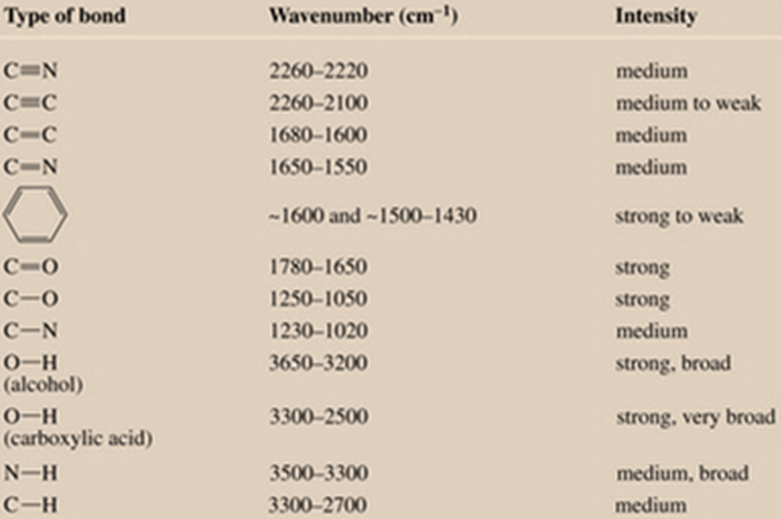Biomedical Instrumentation Systems
1st Edition
ISBN:9781133478294
Author:Chatterjee
Publisher:Chatterjee
Chapter16: Fiber Optics And Lasers In Bioinstrumentation
Section: Chapter Questions
Problem 8P
Related questions
Question
Explain the theory of IR spectroscopy and its applications in biology.
Expert Solution
Step 1
firstly lets look at what infrared radiation is and what are the consequences of a molecule is irradiated with IR rays
- IR rays fall below the UV-visible region in the electromagnetic spectrum with a wavelength of the range 700 nm to 25 mm
- it extends from the red region of VIBGYOR [visible region] to the microwave region
- in terms of amplitude, its waves are longer than the visible rays
- chemical bonds connecting atoms behave like 'springs', ie, that are capable of being stretched and compressed when energy is applied. this constitutes the 'vibrational energy of the molecule'
- these bonds are also flexible ie they can bend or be deformed
- so, if a molecule has n atoms it will possess a total of 3n-6 fundamental vibrations of which, 2n-5 are bending vibrations and n-1 are stretching vibration
- when an IR active molecule absorbs light rays, it will absorb a very specific wavelength that will be missing in the transmitted light, this creates an absorption band in the spectrum. such a spectrum is called IR spectrum. these lines/bands are quite distinct.
- IR spectroscopy is also called functional group spectroscopy or fingerprint spectroscopy because each molecule [and its functional group] absorb a very distinct wavelength of light that will appear as a band on the spectrum. based on the location, wave number of the signal, one can ascertain the functional group in question.
Step 2
how do we ascertain a functional group?
its simple. the spectrum/spectralgraph has distinct regions:
-
functional group region whose range is
-
fingerprint region and the range is
In this region there are many troughs which form an intricate pattern which can be used like a fingerprint to determine the compound - the table below is used to determine the functional group in the test molecules

Step by step
Solved in 3 steps with 3 images

Knowledge Booster
Learn more about
Need a deep-dive on the concept behind this application? Look no further. Learn more about this topic, biology and related others by exploring similar questions and additional content below.Recommended textbooks for you

